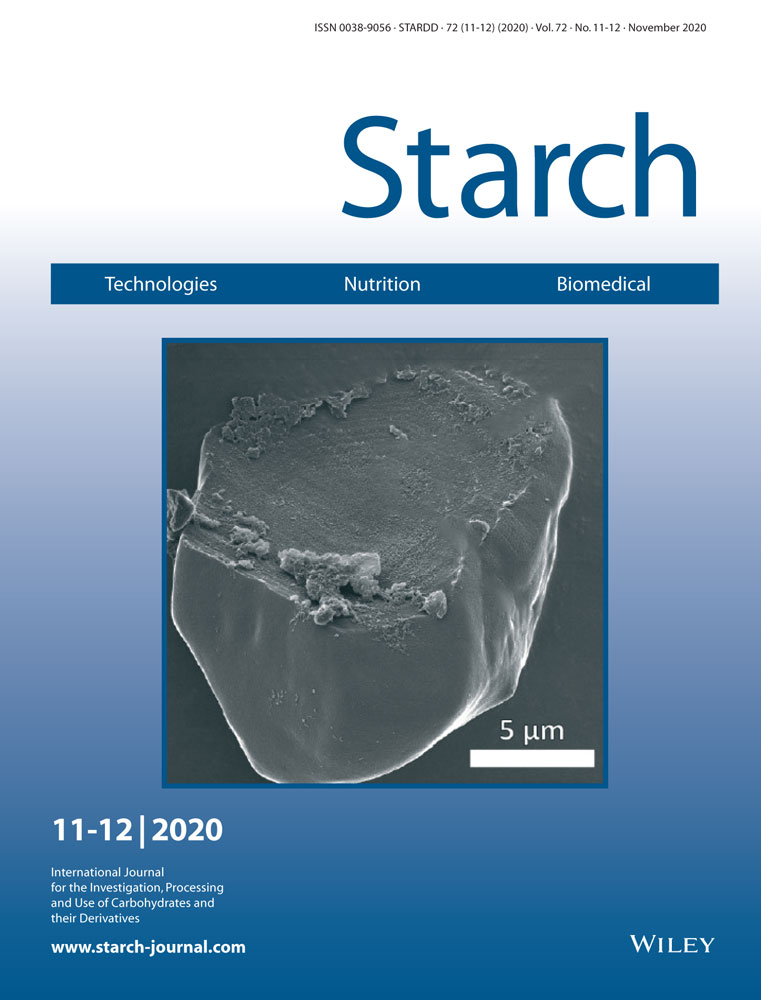Multiple Ethanolic-Precipitation: An Approach to the Separation of Dextrin Fractions with Narrow Molecular Weight Distributions from Acid-Hydrolyzed Waxy Corn Starch
Abstract
Dextrin is widely used in the food, biomedical, and cosmetic industries. In this work, a new ethanolic fractionation method, the multiple ethanolic-precipitation (MEP), is established to fractionate the acid-hydrolyzed waxy corn starch (AHWCS) that consists of a high concentration of low-molecular-weight dextrin. Through these multiple precipitation processes, the effect of the dextrin concentration on fractionation is weakened, which makes the fractionation only dependant on the molecular weight of dextrin. Five dextrin fractions (P1, P2, P3, P4, and P5) with narrow molecular weight distributions are obtained. The weight-average molar mass (Mw) and the molecular weight dispersity () of five fractions are 7.3 × 104 g mol−1 (2.0), 2.3 × 104 g mol−1 (2.1), 1.6 × 104 g mol−1 (2.2), 8.9 × 103 g mol−1 (2.1), and 4.5 × 103 g mol−1 (3.3), respectively. Additionally, the increase of molecular weight tends to decrease the moisture-absorption but increase the viscosity and thermal stability, which can provide a basis for the application of different molecular weight dextrin fractions in different fields. These results suggest that the MEP method is a low cost and efficient approach for directly separating dextrin fractions with narrow molecular weight distributions from the AHWCS.
Conflict of Interest
The authors declare no conflict of interest.




